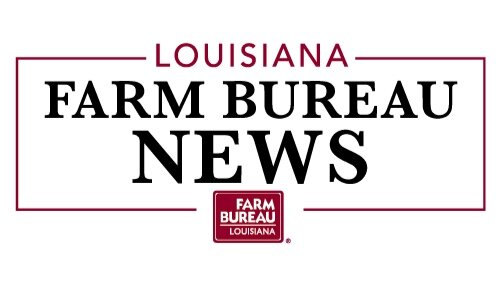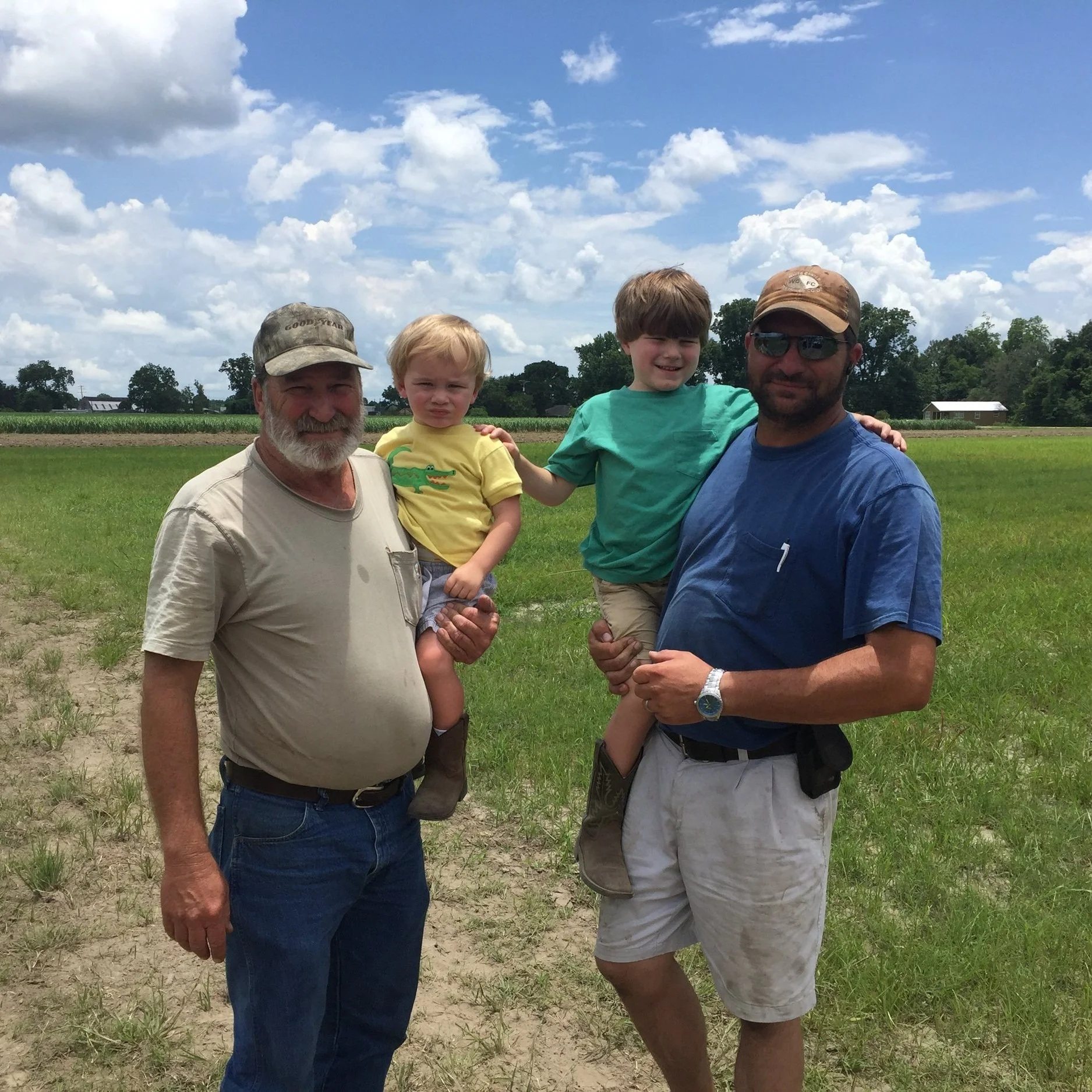In this episode of Talking Total Farmer Health, our host Linda Emanuel speaks with Dr. Tara Haskins about the importance of keeping naloxone on the farm. Check out this episode to hear about what naloxone is, who it helps, and why it's important to have on hand!
Read MoreThe United States Department of Agriculture (USDA) has designated April 2025 as Invasive Plant Pest and Disease Awareness Month. This year’s campaign spotlights how citizen-driven, cost-efficient strategies can protect one of our Nation’s most valuable assets: healthy, abundant crops.
Invasive pests are sneaky and can hitch a ride unseen on everyday items, from outdoor gear and vehicles to agricultural products bought online from overseas.
Read MoreThe U.S. Department of Agriculture (USDA) is launching agricultural trade promotion programs for FY 2026 and accepting applications for four export market development programs. USDA’s Foreign Agricultural Service has opened funding opportunities for the Market Access Program (MAP), Foreign Market Development Program (FMD), Technical Assistance for Specialty Crops Program (TASC), and Emerging Markets Program (EMP) that will help U.S. agricultural producers promote and sell their goods internationally.
Read MoreDozens of tiny black weevils cling onto a fern plant as it is tossed onto a leafy green mat coating the surface of South Africa's Crocodile River.
Those weevils aren't tossed into the river by accident: scientists hope that the insects and their larvae will munch their way through the green mat, which is made up of an unwanted, invasive South American aquatic plant called Salvinia minima.
Read MoreA recent collaborative study between the Audubon Sugar Institute and Louisiana State University (LSU) demonstrated the potential of near-infrared (NIR) spectroscopy to analyze the quality of sugar cane. In this study, led by Kevin McPeak of LSU, the researchers used NIR spectroscopy to test whether it can analyze sugar cane despite the presence of extraneous matter (EM) (1). The findings have significant implications for the global sugar industry, which is valued at approximately $78 billion annually (1).
Read MoreWith heavy rain showers in recent days across much of Louisiana, you may have noticed that crawfish are showing up on roads and highways, and it's not because the water overflowed from the pond they were in.
For years, I have noticed that crawfish sometimes show up on roadways that are near the ponds where they are harvested, and I never really knew why or what may have forced them from those ponds.
Read MoreCaldwell Parish native Lucas “Luke” Stamper was recently named the new wildlife specialist for the state after serving as the LSU AgCenter regional wildlife and forestry contact for northeast Louisiana.
Stamper, who said he knew he wanted to be a wildlife biologist in high school, received his Bachelor of Science in wildlife ecology from LSU before getting his master’s degree at the University of Louisiana Monroe.
Read MoreFarming is risky, ARC and PLC can help! You may be eligible for the Agriculture Risk Coverage (ARC) and Price Loss Coverage (PLC) programs, which provide vital income support to farmers who experience substantial declines in crop price or revenue.
Read MoreLSU’s AgMagic is inspiring a new generation of agricultural awareness one plate at a time.
AgMagic is an event hosted by the LSU AgCenter, created to educate students from kindergarten to third grade about Louisiana Agriculture through interactive and hands-on learning experiences. The event ran from March 24 to 28 for school groups and March 29 to 30 for the general public.
Read MoreLast spring, the McNeese State University Biology Department began exploring the idea of establishing a native Cajun prairie somewhere on campus. Firestone Polymers offered to collaborate on the project.
Cajun prairie is part of the Western Gulf Coast Prairie ecosystem which historically spanned the entire shoreline in Louisiana and Texas. Less than 1% of this ecosystem currently remains and exists in small, isolated patches throughout the region.
Read MoreDeRidder corn and wheat farmer David Smith said he wanted to try out something new this year on his farm. He started tinkering with the idea of adding cover crops over small acreages but wanted to expand it to hundreds of acres.
"It is not a money-making thing. In fact, you spend money. You just want to improve your soil," Smith said.
Read MoreThis week Agriculture Secretary Brooke Rollins announced USDA is releasing more previously obligated funding that was paused during the early days of the Trump administration. But the announcement comes with a catch. Rollins says impacted recipients now have 30 days to review and voluntarily revise their project plans to align with a Trump executive order.
Read MoreThe U.S. Department of Agriculture (USDA) announced loan interest rates for April 2025, which are effective April 1, 2025. USDA Farm Service Agency (FSA) loans provide important access to capital to help agricultural producers start or expand their farming operation, purchase equipment and storage structures or meet cash flow needs.
Read MoreLouisiana corn producers intend to plant 530,000 acres, up 13 percent from the 470,000 acres planted in 2024. Upland cotton acreage intentions are at 110,000 acres, down 29 percent from the 155,000 acres planted last year. All hay acres expected to be harvested in Louisiana are estimated at 380,000 acres, up 10,000 acres from 2024.
Read MoreMinnesota sugarbeet farmer Neil Rockstad recalled a kitchen table conversation with his wife while speaking at the 101st annual Agricultural Outlook Forum.
Both Neil and Louisiana sugarcane grower Travis Medine presented as part of the sugar panel at the forum. They observed that labor and machinery were among the highest costs in their farm budgets.
Read More














